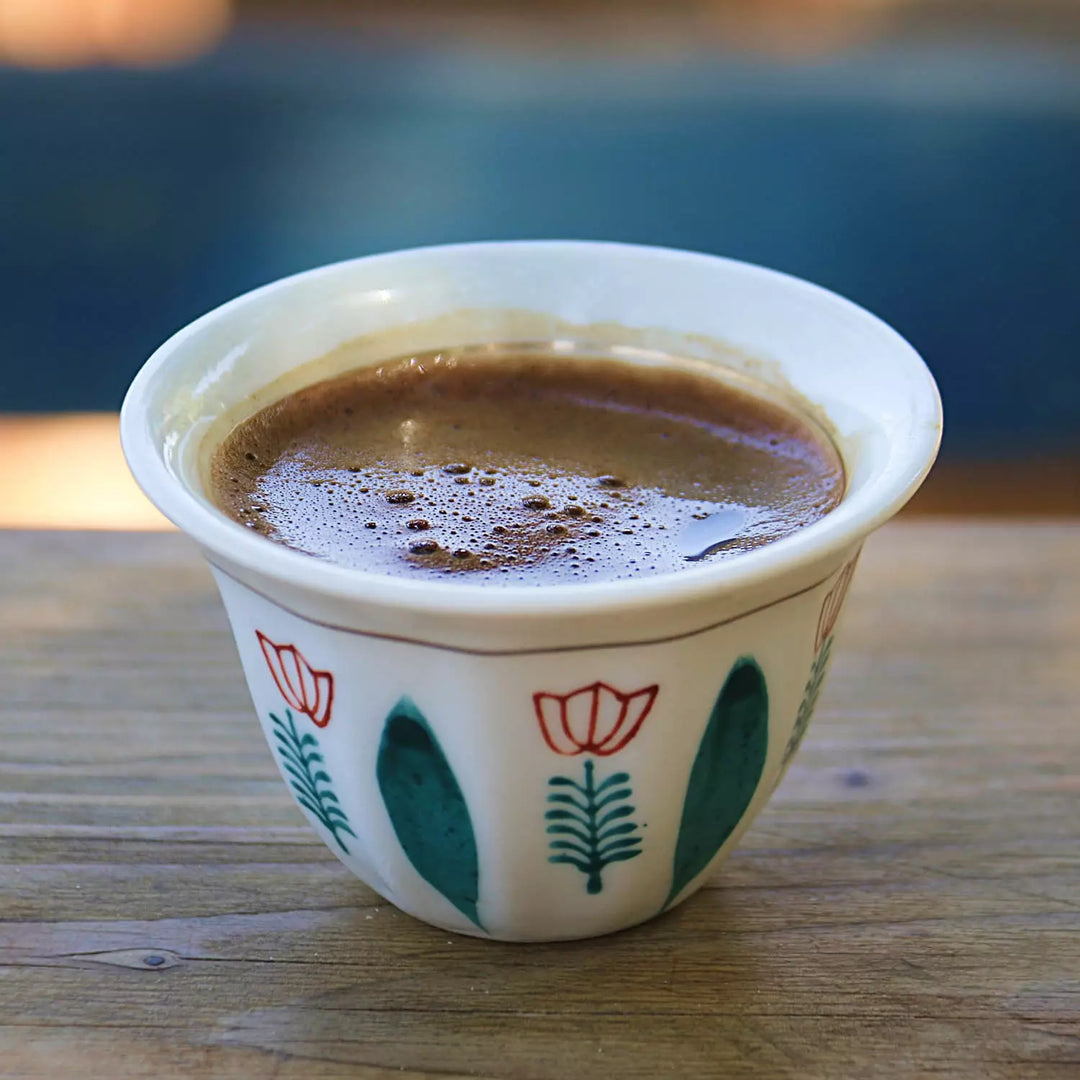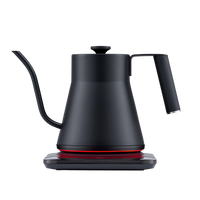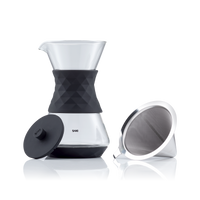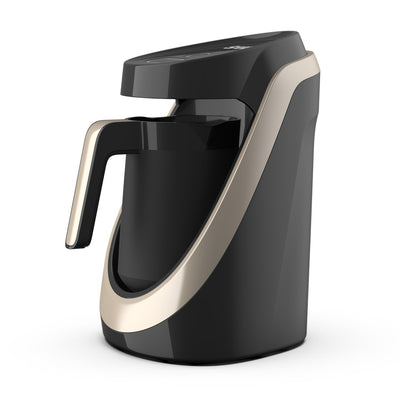making perfect lebanese coffee: a simple home guide

Summary: Embark on a flavorful journey with Lebanese coffee, a symbol of respect rich with aroma and tradition. Perfectly brewed in an electric Turkish coffee maker, it's where modern convenience meets the art of coffee making. With just a teaspoon of ground coffee per cup, a dash of cardamom, and this coffee machine, you're all set for an authentic experience!
What is Lebanese Coffee?
Lebanese coffee is part of the Arabic coffee bean family. This coffee is also deeply rooted in Middle Eastern culture. Symbolizing friendship and community for centuries.
Like traditional Turkish coffee, it features a strong aroma and thick foam, with fine coffee grounds at the cup's bottom. Lebanese coffee made with finely ground coffee beans and often a touch of ground cardamom for flavor. However its unique brewing method truly distinguishes it.
Distinctive Features of Lebanese Coffee
Lebanese coffee's distinctiveness comes from several key elements:
- The Beans: It uses Arabica beans, celebrated for their quality and taste. These beans are from areas famous for Arabica coffee bean production, giving the coffee a rich aroma.
- The Grind: Lebanese coffee requires grinding the coffee beans extremely fine, much more than for French press or espresso. This is crucial for Lebanese coffee's unique texture and intensity.
- Spices: Unlike traditional Turkish coffee, Lebanese coffee includes spices, especially ground cardamom. This hint of spice adds a unique, aromatic, and slightly spicy flavor that complements the Arabica beans.
- Brewing Technique: It's brewed slowly to develop flavors fully, with repeated heating and cooling to form a delicate foam, key for an authentic taste.
- Serving Style: This traditional coffee served in small cups, like espresso cups, along with a glass of water to cleanse the palate.
Brewing with Lebanese Coffee
Traditionally, Lebanese coffee is made over a low flame in a stainless steel cezve, a special pot, to create rich foam. But now, the SAKI electric Turkish coffee maker offers an easier way. This modern coffee machine combines traditional brewing with ease, ideal for both Turkish and Lebanese coffee. Its steady heat and exact temperature control ensure perfect foam and taste every time.
How to Make Lebanese Coffee
- Measure and Mix: Start with a tablespoon of coffee per cup. Add water, a pinch of sugar (to taste), and a dash of ground cardamom. Mix these in the pot of your electric Turkish coffee maker.
- Brewing: Turn on your SAKI coffee maker. The beauty of using an electric one is that it does the monitoring for you.
- Watch for the Foam: As the coffee heats, a rich foam will start forming. This is the magic moment! Once the foam rises and the coffee is ready, your coffee maker will stop working and warn you with a beep.
- Serve and Savor: Pour the coffee into small cups, allowing the foam to rise to the top. Wait a moment for the grounds to settle, and then it's time to enjoy with friends and family.
Conclusion
Making perfect Lebanese coffee at home is easy with the right equipment and technique. The SAKI Electric Turkish Coffee Maker is a great addition to your coffee arsenal, simplifying the process while maintaining the traditional Turkish and Lebanese essence.
Remember, the key to great coffee is the quality of the beans, the right amount of coffee per cup, and the brewing method. With these tips, you're well on your way to becoming a home coffee lover and Lebanese coffee expert.
Order your SAKI Turkish Coffee Maker now!
Common Questions & Answers
Q: What makes Lebanese coffee different from regular coffee?
A: Lebanese coffee is unique due to its fine grind, strong brew, and the addition of cardamom. It's similar to Turkish coffee but stands out with its distinct spice profile. The brewing method, which allows the coffee grounds to settle at the bottom of the cup, also adds to its uniqueness.
Q: Can I use any coffee beans to make Lebanese coffee?
A: For the best results, use Arabic coffee beans, which are typically lighter roasted and finely ground. The key is to have a powder-like consistency. However, if Arabic beans aren't available, any light to medium roast bean finely ground can work as a substitute.
Q: Why should I use an electric Turkish coffee maker for Lebanese coffee?
A: An electric Turkish coffee maker simplifies the brewing process. It provides consistent heat and precise temperature control, essential for achieving the perfect foam and flavor profile characteristic of Lebanese coffee. This modern tool makes it easy for anyone to brew a traditional cup with convenience and accuracy.
Shop our selection of premium coffee brewing equipment now!






